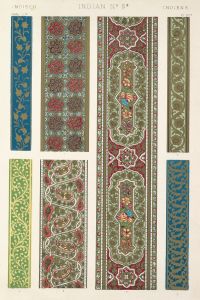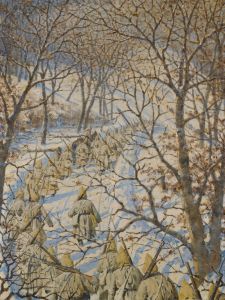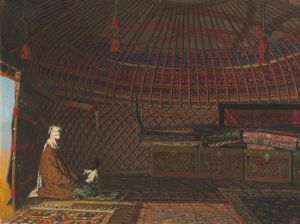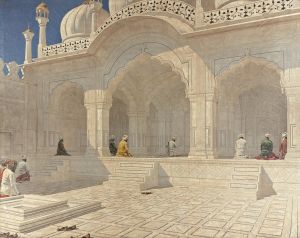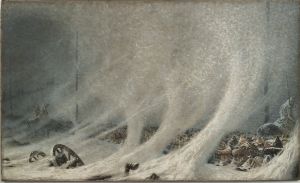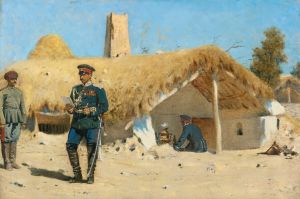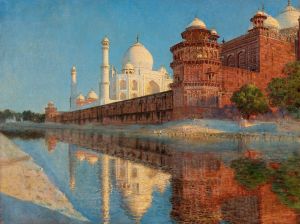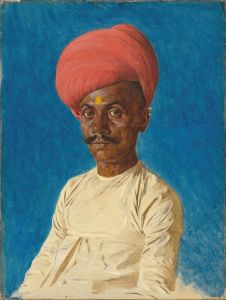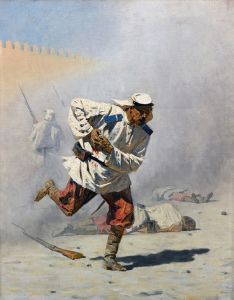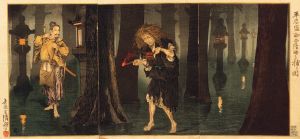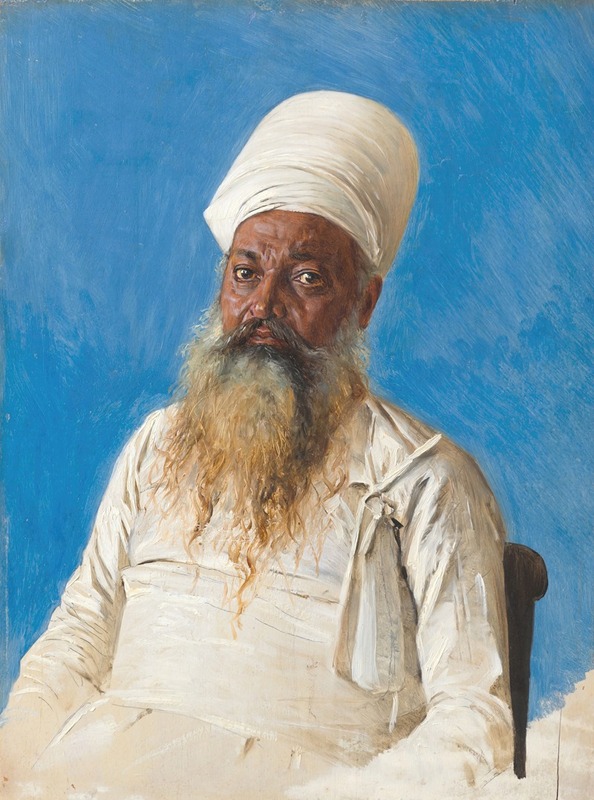
Parsi priest . Bombay
A hand-painted replica of Vasily Vereshchagin’s masterpiece Parsi priest . Bombay, meticulously crafted by professional artists to capture the true essence of the original. Each piece is created with museum-quality canvas and rare mineral pigments, carefully painted by experienced artists with delicate brushstrokes and rich, layered colors to perfectly recreate the texture of the original artwork. Unlike machine-printed reproductions, this hand-painted version brings the painting to life, infused with the artist’s emotions and skill in every stroke. Whether for personal collection or home decoration, it instantly elevates the artistic atmosphere of any space.
Vasily Vereshchagin was a renowned Russian war artist and traveler, known for his vivid and often controversial depictions of war and the cultures he encountered. One of his lesser-known works is "Parsi Priest, Bombay," which reflects his interest in the diverse cultures of the places he visited.
Vereshchagin was born in 1842 in Cherepovets, Russia, and he developed an early interest in art and travel. He studied at the Imperial Academy of Arts in St. Petersburg and later in Paris. His travels took him to many parts of the world, including Central Asia, India, and the Middle East. These journeys greatly influenced his work, as he sought to capture the essence of the people and places he encountered.
"Parsi Priest, Bombay" is a painting that emerged from Vereshchagin's travels in India during the late 19th century. The Parsis are a Zoroastrian community that settled in India, primarily in the Bombay (now Mumbai) region, after fleeing religious persecution in Persia (modern-day Iran) around the 8th to 10th centuries. By the time Vereshchagin visited India, the Parsi community was well-established and known for its contributions to commerce, industry, and philanthropy.
The painting depicts a Parsi priest, a figure of religious and cultural significance within the community. Parsi priests, known as Mobeds, are responsible for conducting religious ceremonies and maintaining the Zoroastrian temples, known as Agiaries or Fire Temples. The priest in Vereshchagin's painting is likely portrayed in traditional attire, which typically includes a white robe and a cap, symbolizing purity and devotion.
Vereshchagin's approach to painting was characterized by meticulous attention to detail and a commitment to realism. He often painted from life, capturing the nuances of his subjects with great care. This dedication to authenticity is evident in "Parsi Priest, Bombay," where the artist's focus on the priest's attire, expression, and surroundings offers a glimpse into the Parsi community's cultural heritage.
The painting is part of Vereshchagin's broader body of work that documents his travels and the diverse cultures he encountered. His works often sparked discussions about the representation of different cultures and the impact of colonialism, as he portrayed both the beauty and the harsh realities of the regions he visited.
While "Parsi Priest, Bombay" may not be as widely recognized as some of Vereshchagin's other works, it remains an important piece that reflects his interest in cultural diversity and his commitment to portraying his subjects with respect and accuracy. The painting serves as a historical document, offering insight into the Parsi community in Bombay during the late 19th century and highlighting Vereshchagin's role as a cultural observer and artist.





![The Commader in Chief in India [General Sir Frederick Paul Haines], Military and Navy, from Vanity Fair, March 25, 1876](/imgs/214448/s/james-tissot-the-commader-in-chief-in-india-general-sir-frederick-paul-haines-military-and-navy-from-vanity-fair-march-25-1876-18a8ea9e.jpg)
